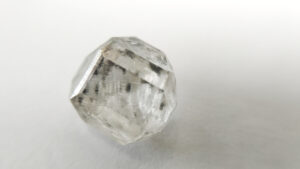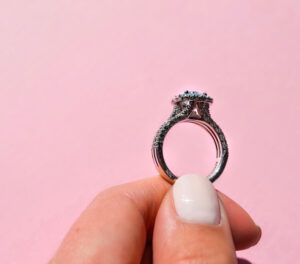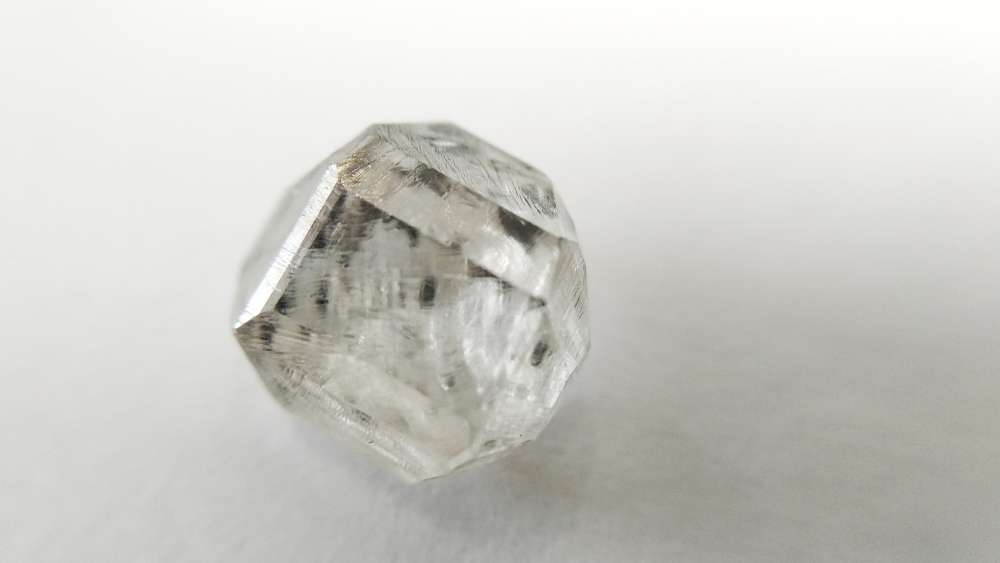
The United States’ ban on Russian diamonds is adding to the allure of lab-grown diamonds. According to the US Treasury, Russia supplies nearly a third of the world’s natural diamonds, with state-owned Alrosa, the world’s biggest diamond mining company, accounting for nearly 90 % of Russian production. In the coming months, industry experts predict a double-digit increase in diamond prices, as well as an increase in lab-grown diamond sales.
Experts predicted that the lab-grown diamond industry would grow at a rate of 9 % per year through 2028, well before the US imposed the ban as part of a broader set of sanctions to punish Russia for its invasion of Ukraine.
Increasing Demand For Diamonds
The prohibition comes at a time when there is already a scarcity of supplies. According to a survey by consultancy firm Bain & Co., retail sales of diamond jewelry increased by 29% last year compared to 2020, and are up 11 % over pre-pandemic levels. Higher labor expenses in India, where the bulk of jewelry is made, have also contributed to the increase in diamond prices.
As covid limitations are lifted, there is a surge in demand in the wedding market. According to a recent report, in 2022 there will around be 2.5 million weddings in the United States, the most since 1984. This implies that both guests, bridesmaids, and brides will be on the lookout for wedding jewelry, such as diamond rings, diamond necklaces, etc.
Impact Of Ban On Lab-Grown Diamonds

The ban’s full consequences are unknown. The provenance of rough diamonds is generally concealed by sending them to India or China for polishing and other processing. However, if Burmese rubies, which were previously prohibited by the US, are any indicator, the Biden administration will take steps to prevent diamonds from being imported through middlemen.
Customers may typically receive a roughly 50% bigger stone for the same pricing as a mined diamond without sacrificing quality. At the same time, Shah believes that lab-grown diamonds have a reduced carbon footprint and are assured to be conflict-free, which will resonate well with global consumers who are opposed to the crisis in Ukraine.
While lab-grown diamonds might be able to meet some customer demands, they won’t be able to completely replace Russian supplies. The overall supply of lab-grown diamonds is estimated to be around 8 million carats, a far cry from the 32.4 million carats supplied by Alrosa alone in 2021.
